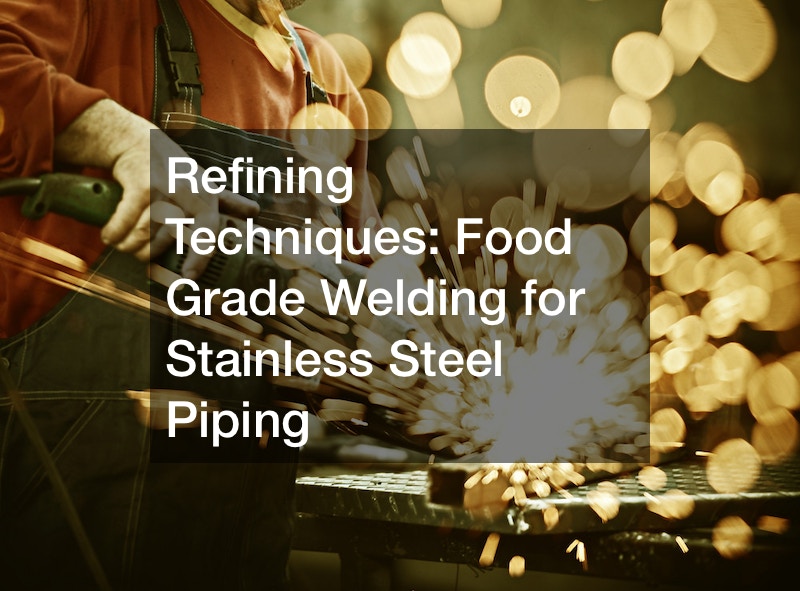Welding stainless steel piping for food-grade applications demands precision and expertise. The nuances of food-grade welding involve more than mere technical skills; they encompass the assurance of safety and hygiene for the products conveyed.
Ensuring the integrity of stainless steel piping in the food industry requires meticulous attention to detail. Welders engaging in this specialized process undergo rigorous training to understand the unique demands of food-grade environments. They must guarantee the absence of contaminants, maintain sterile conditions, and prevent corrosion that might compromise the quality of the conveyed substances.
The techniques involved in food-grade welding focus not only on structural integrity but also on the metal’s resistance to corrosion, which is vital for compliance with industry regulations. Welding professionals utilize various methods, such as TIG (Tungsten Inert Gas) welding, orbital welding, and high-quality passivation processes, to preserve the stainless steel’s inert, corrosion-resistant surface.
Moreover, these welders are well-versed in selecting the appropriate filler materials, cleaning procedures, and post-weld treatments to ensure the stainless steel piping meets the stringent standards of food safety and hygiene.
In conclusion, the art of food grade welding for stainless steel piping is a multifaceted discipline that intersects precision, compliance, and safety. Welding professionals play a pivotal role in upholding the quality and reliability of piping systems in the food industry, ensuring that the products transported through these pipelines maintain their purity and meet the highest sanitary standards.
For businesses involved in food processing, investing in adept welders and adhering to food-grade welding practices is indispensable for maintaining credibility, meeting regulatory requirements, and safeguarding consumer well-being.
.


